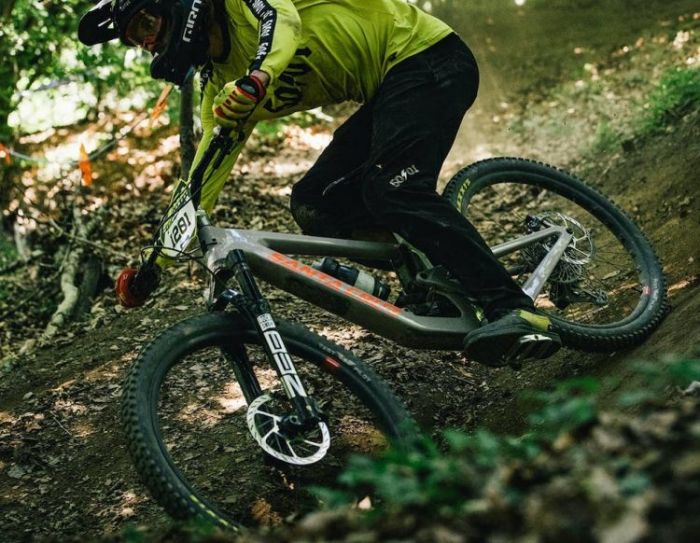Marin San Quentin 3 Review
- Price: $1999
- Frame: Aluminum
- Tire: Vee Tire Co. Attack HPL, 27.5×2.5″
- Gear: 1×12
What we like about it: It comes with excellent components and offers great value for the price.
What we don’t like about it: Fewer color choices.
Rating: (4.7/5)
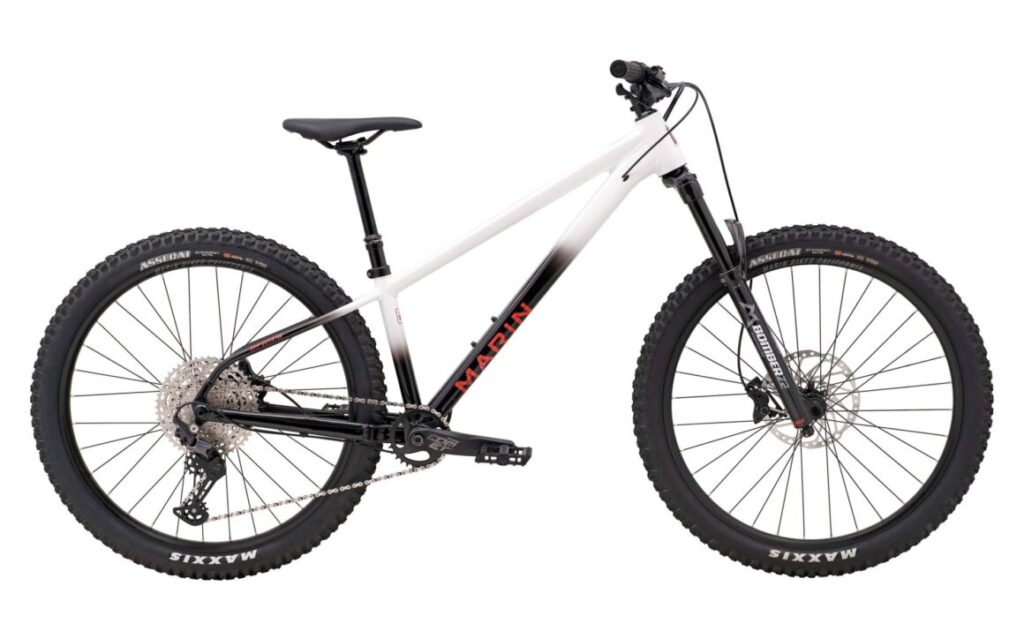
I have many friends who love off-road cycling, and they always ask me to recommend a great mountain bike. So, I want to suggest the Marin San Quentin 3, a versatile mountain bike that suits most riders’ needs.
It is an outstanding mountain bike, and I love its performance off-road. I believe you’re also excited to see how it performs.
In this review, we’ll analyze the riding experience, key features, components, and specifications of the Marin San Quentin 3. Furthermore, we’ll compare it to other top bike models later in the article. If you’re interested in more bike reviews, feel free to follow us.
Riding Experience
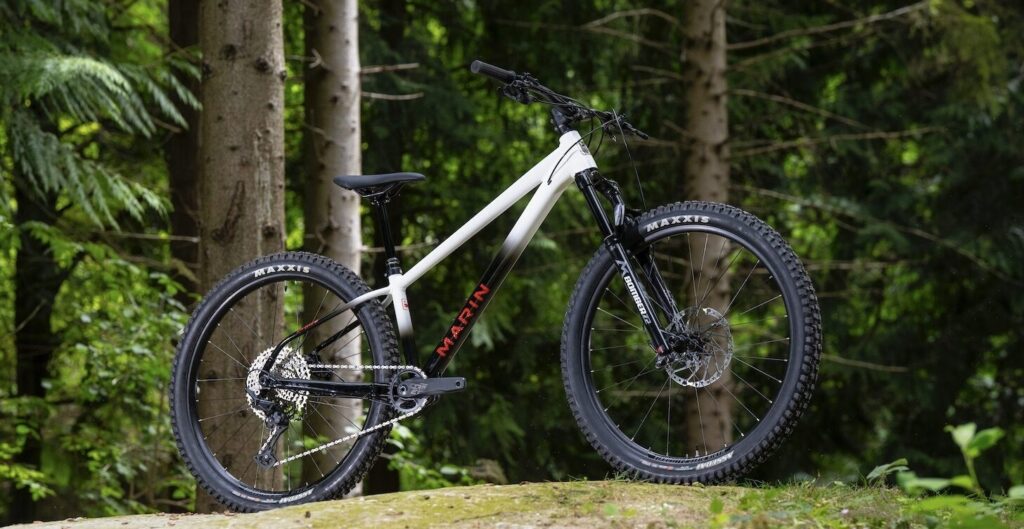
The Marin San Quentin 3 is an impressive hardtail mountain bike. To thoroughly test its performance, I purchased a plane ticket, booked a hotel at IHG, and arrived at the Bike Area Streuböden.
I selected the Schweinestberg Trail Fieberbrunn in the Bike Area Streuböden. The Black Bear Upper section spans 3.9km with a continuous downhill trend and a 365m elevation drop.
The trail consists of gravel and dirt paths, with narrow lanes suitable for single-bike riding. It features sharp turns and continuous uphill and downhill segments, providing a challenging ride.
Off-Road Riding
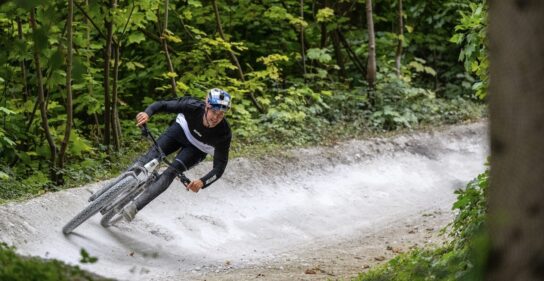
Under the bright sunshine, I started my ride. The initial gravel path was flanked by grass, so the road surface was covered in loose stones. However, the 140mm front travel effectively absorbed the bumps.
Moreover, the Vee Tire Co. Attack HPL tires exhibited exceptional high-speed capabilities. The Top40 compound offered excellent traction and reliable puncture protection, ensuring worry-free riding on gravel surfaces.
With my extensive experience, I navigated through the gravel sections and entered the wooded dirt path. The trail was scattered with dry branches, and there were numerous turns, inclines, and declines.
I controlled the Marin Mini-Riser handlebar, which had perfect width, curvature, and responsiveness. The handling was smooth, enabling me to find optimal points of power on each turn and successfully maneuver through them.
During uphill sections, I shifted the Shimano SLX Rear Derailleur to the lowest gear ratio for more power. This allowed me to distribute my energy efficiently, accelerate uphill, and make use of the dropper to lower the seat height for smooth and energy-saving standing riding. During downhill sections, I relied on the Hydraulic Disc brakes to adjust my speed and ensure my safety.
Is that all?
On downhill sections, the Marin Grizzly Lock-On grips helped me firmly hold the Marin Mini-Riser. These grips have a custom structure with a thin inner core and offset outer rubber contour, providing comfort and excellent grip for my hands.
The Marin San Quentin 3 also features a comfortable seat, the Marin Speed Concept saddle. It has a soft fabric that made sitting very comfortable, allowing me to freely change positions to adapt to any road condition. Additionally, the central groove reduced pressure on sensitive areas, providing an incredibly comfortable experience.
Specification
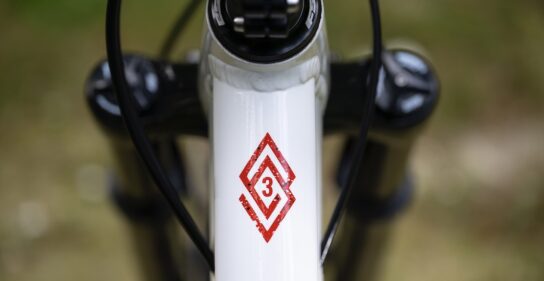
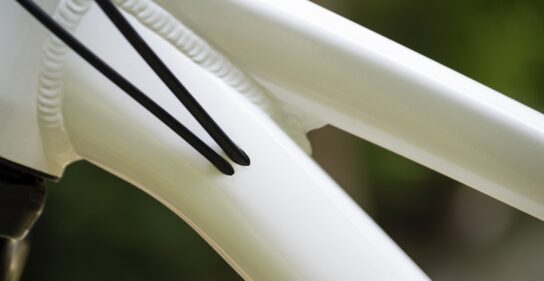
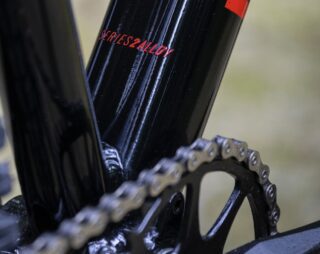
The Marin San Quentin 3 is an excellent mountain bike. It features an All New Series 3 6061 aluminum frame and a Marzocchi Bomber Z2 fork, providing durability and effective suspension.
Additionally, it is equipped with a 1×12 Shimano SLX rear derailleur, offering smooth shifting. The Marin Speed Concept saddle provides a comfortable and soft fabric for the rider.
Furthermore, the Vee Tire Co. Attack HPL tires feature Top 40 compound, delivering strong traction and reduced rolling resistance. They also offer exceptional puncture protection for rider safety.
Video
Other Versions
After multiple tests, we have gained a deeper understanding of this bike. It is a highly impressive hardtail mountain bike.
However, riders may have specific performance requirements or component preferences, so we explored similar bikes for further investigation.
Marin San Quentin 1
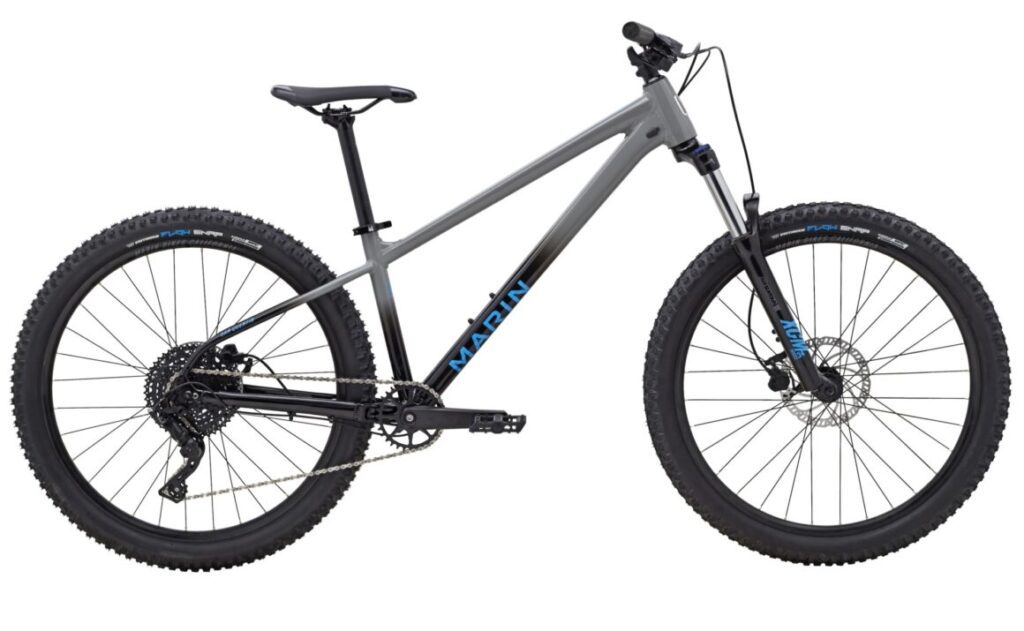
The Marin San Quentin 1 is an outstanding mountain bike. It features a 2 Series aluminum frame with a tapered head tube, 3D-forged dropouts, IS brake mounts, and semi-internal cable routing.
The Marin San Quentin 3, on the other hand, features an All New Series 3 6061 Aluminum frame and a Marzocchi Bomber Z2 fork. The performance of the two models is quite comparable.
Additionally, the Marin San Quentin 1 is equipped with a 1×9 microSHIFT RD-M9195M rear derailleur. Its shifting performance is not as smooth as the 1×12 Shimano SLX rear derailleur on the San Quentin 3, and it has a smaller gear range. It also has a 130mm front travel, providing less suspension than the 140mm front travel of the San Quentin 3.
Therefore, if you’re looking for a more comfortable ride, the Marin San Quentin 3 is highly recommended. If budget is a concern, the Marin San Quentin 1 would be a better choice.
What do we like about it?
- Excellent components at an affordable price, offering great value for the money.
- Impressive uphill capability.
- Top 40 compound provides strong traction and grip.
- Stable ride with a 64° head tube angle.
What don’t we like about it?
- Limited color options may not meet the preferences of some riders.
FAQ
- Is this bike suitable for beginners?
This bike is suitable for both beginners and experienced riders.
- How many water bottle holders does this bike have?
It has only one water bottle mount.
- What is the Stack/Reach Ratio of this bike?
The Stack/Reach Ratio ranges from 1.46 to 1.27, varying from SM to XL sizes.
- How to choose the right size?
The size chart is as follows:
These sizes are only general guidelines and the true fit may vary from person to person. The easiest way to find your size is the best way to try it out.
| Rider height | SIZE |
| 5’2″ – 5’6″ | SM |
| 5’4″ – 5’9″ | MD |
| 5’7″ – 6’0″ | LG |
| 5’10” – 6’3″ | XL |
Specs
Build
| Frame | All New Series 3 6061 Aluminum, Double Butted Frame, Internal Cable Routing, 12x148mm Thru-Axle, 73mm Threaded BBBB Standard: BSA, 73mm, ThreadedColor: Gloss White / Black/red |
| Fork | Marzocchi Bomber Z2, 110x15mm Boost Spacing, 140mm Travel, Kabolt Axle |
| Bottom Bracket | MegaExo 73mm BSA |
| Headset | FSA No 57E, Semi-Sealed Cartridge Bearings, 1 1/8″ x 1 1/2 |
| Stem | Marin 3D Forged Alloy, 35mm |
| Handlebar | Marin Mini-Riser, 6061 Double Butted Aluminum, 780mm Width, 28mm Rise, 5º Up, 9º Back |
| Saddle | Marin Speed Concept |
| Seatpost | TranzX YSP23JL, 1x Remote, Size S 125mm Travel, Size M 150mm, L 170mm Travel, and Size XL 200mm Travel, 30.9mm |
| Pedals | Nylon Platform |
| Grips | Marin Grizzly Lock On |
Groupset
| Rear Derailleur | Shimano SLX, 12-Speed, SGS |
| Front Derailleur | – |
| Crank | FSA Comet, Modular 1x, 32T Direct Mount Chainring, MegaTooth Technology, Boost Spacing |
| Shifters | Shimano Deore, 12-Speed, SL-7100R |
| Cassette | SunRace, 12-Speed, 11-51T, ED Black |
| Chain | KMC X-12 Silver and Black |
| Brakes | Hydraulic Disc |
| Brake Levers | Shimano MT4100 Hydraulic Lever, I-Spec EV Compatible |
Wheels
| Rims | Marin Aluminum Double Wall, Disc Specific, 29mm Inner, Sleeved Joint, 32H, Tubeless Compatible |
| Front Hub | Forged Alloy, 110x15mm, Sealed Cartridge Bearing, Disc, 32H |
| Rear Hub | Forged Alloy, 148x12mm, Disc, HG Freehub Body |
| Tires | Vee Tire Co. Attack HPL, 27.5×2.5″, Tubeless Compatible |
Comparison Table
| Bicycles | Click view | Tires | Drivetrain | Frame material | Groupset |
| Santa Cruz CHAMELEON D MX/Aluminum | Click View | Maxxis Minion DHF 29 “x2.5” | 1×12 | Aluminum | SRAM SX Eagle,NX Eagle |
| Trek Roscoe 7 | Click View | Bontrager XR4 Team Issue | 1×12 | Aluminum | Shimano Deore |
| Specialized Fuse 27.5 | Click View | Eliminator, GRID TRAIL casing | 1×9 | Aluminum | microSHIFT Advent |
| Polygon SYNCLINE C5 | Click View | WTB TRAIL BOSS TIRE, 27.5×2.25 / 29×2.25 | 1×12 | Carbon | Shimano SLX |
Marin San Quentin 3 vs 2023 Santa Cruz CHAMELEON D MX/Aluminum

Santa Cruz CHAMELEON D MX/Aluminum features 29″ wheels, providing impressive off-road capabilities. On the other hand, the Marin San Quentin 3 comes with 27.5″ wheels, offering greater maneuverability.
Additionally, the Marin San Quentin 3 has 140mm front travel, providing slightly better suspension than the Santa Cruz CHAMELEON D MX/Aluminum’s 130mm front travel.
Moreover, the Santa Cruz CHAMELEON D MX/Aluminum can reach a top speed of 25mph, which is slightly faster than the Marin San Quentin 3’s 24mph.
So, if you prefer greater wheel maneuverability, I would recommend the Marin San Quentin 3. If you want to ride at a slightly faster pace, the Santa Cruz CHAMELEON D MX/Aluminum would be a great choice for you.
Learn More: Is Santa Cruz CHAMELEON A Good Bike? [Santa Cruz CHAMELEON Review]
Marin San Quentin 3 vs Trek Roscoe 7
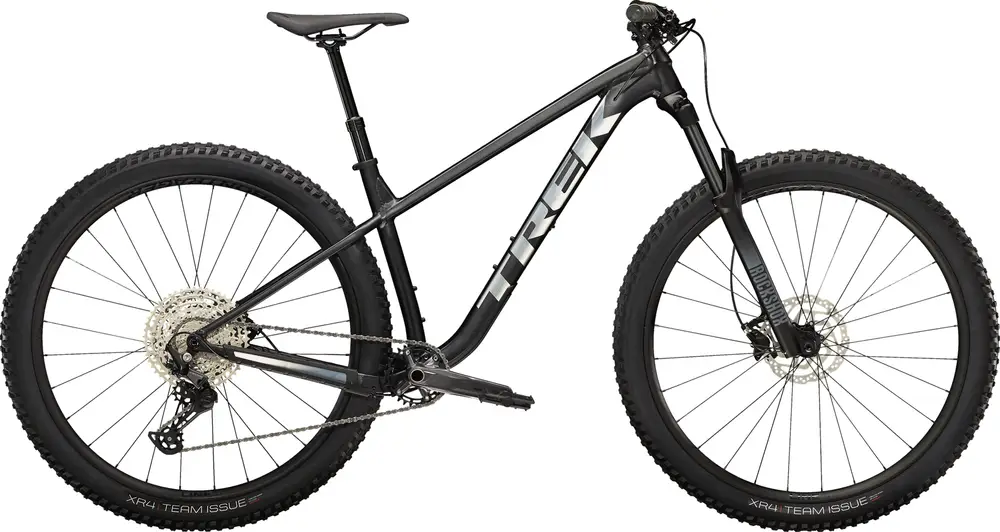
The Trek Roscoe 7 offers two wheel size options, 27.5″ and 29″, providing riders with more choices. It also allows for faster riding speeds, reaching up to 26mph. Additionally, it has a Stack/Reach Ratio of 1.37, which is larger than the Marin San Quentin 3’s 1.34, resulting in a more comfortable riding experience.
Furthermore, the Trek Roscoe 7 features a 65° head tube angle, slightly steeper than the Marin San Quentin 3’s 64°. This provides a smoother ride with enhanced stability.
In conclusion, if you prefer a smoother ride, the Marin San Quentin 3 would be better suited for you. However, if you prioritize comfort and faster riding, the Trek Roscoe 7 would be an excellent choice.
Learn More: Is Trek Roscoe 7 Worth Buying? [Trek Roscoe 7 Review]
Marin San Quentin 3 vs Specialized Fuse 27.5
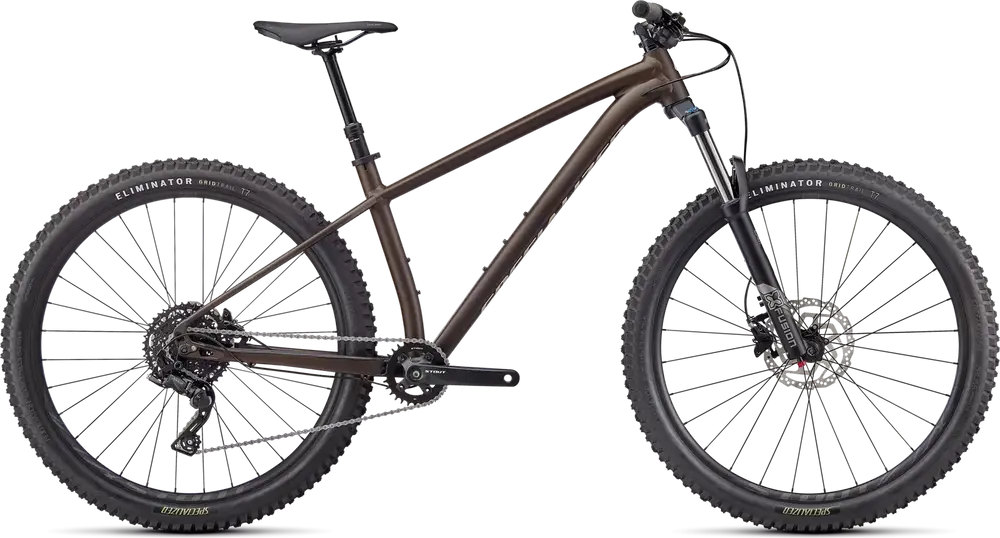
The Marin San Quentin 3 features a 1×12 drivetrain. Compared to the Specialized Fuse 27.5’s 1×9 drivetrain, the Marin San Quentin 3 offers a wider gear range and smoother shifting.
Additionally, it has 140mm front travel, which is greater than the Specialized Fuse 27.5’s 130mm front travel. This results in better suspension and a more comfortable riding experience.
Furthermore, the Specialized Fuse 27.5 has a 66° head tube angle, which is larger than the Marin San Quentin 3’s 64°, making it slightly more agile during rides. It also has a higher standover height, allowing riders to quickly place their feet on the ground during emergency braking, ensuring rider safety.
Therefore, if you’re looking for a bike with smoother shifting, the Marin San Quentin 3 is a great choice. If you prioritize safety, the Specialized Fuse 27.5 would be a better fit for you.
Marin San Quentin 3 vs Polygon SYNCLINE C5
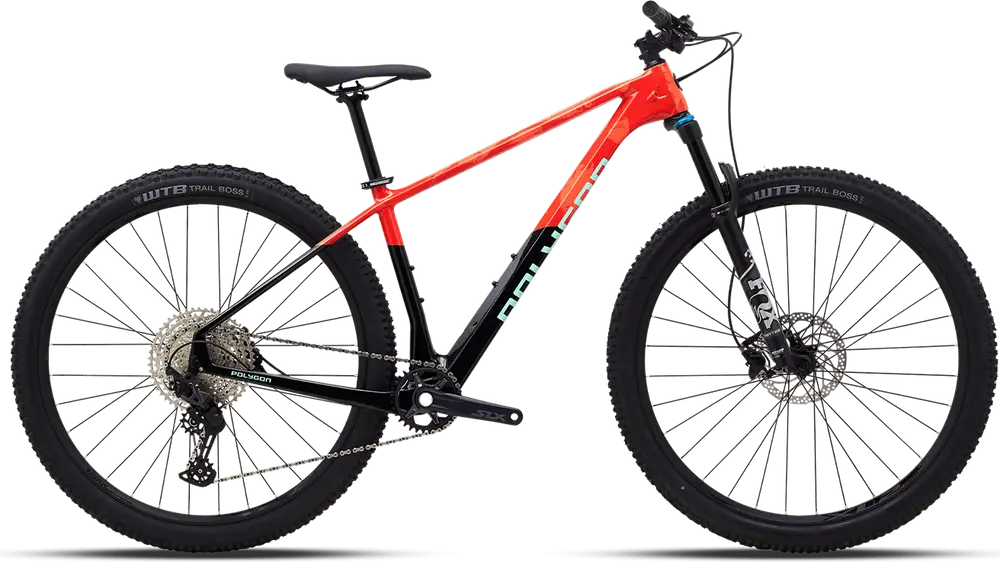
The Polygon SYNCLINE C5 features a carbon frame, which makes it lightweight. However, it is more prone to breakage when subjected to side impacts. The Marin San Quentin 3, on the other hand, has a more durable aluminum frame.
Additionally, the Polygon SYNCLINE C5 is available in two wheel sizes, 27.5″ and 29″, providing riders with more options to choose from.
Moreover, the Marin San Quentin 3 offers better suspension thanks to its longer 140mm front travel. It also features a dropper seatpost, allowing riders to lower the seatpost height during standing rides to avoid leg contact with the seat.
In summary, if you’re looking for a lighter frame, I would recommend the Polygon SYNCLINE C5. If you prioritize better suspension performance, the Marin San Quentin 3 would be your ideal choice.
Summary
Above is our complete evaluation of the Marin San Quentin 3. This exceptional hardtail mountain bike delivers outstanding off-road performance. Based on our assessment, we give it a high rating of 4.7.
If you want to find more information about bicycles, feel free to check out our related reviews.
Lastly, if you enjoy our content, please consider sharing it with your friends. If our content has been helpful to you, you can subscribe by clicking the email subscription button below. Thank you for your support!

![[Orbea URRUN 10 20mph Review] – Best Used By People Who Enjoy Riding To Get AFeel For The Mountains!](https://bestbikeselect.com/wp-content/uploads/2023/09/2023-Orbea-URRUN-10-20mph-35_-1024x1024.jpg)
![[Specialized Turbo Como 5.0 Review] – Good Choice?](https://bestbikeselect.com/wp-content/uploads/2023/08/2023-Specialized-Turbo-Como-5.01_-1024x1024.webp)
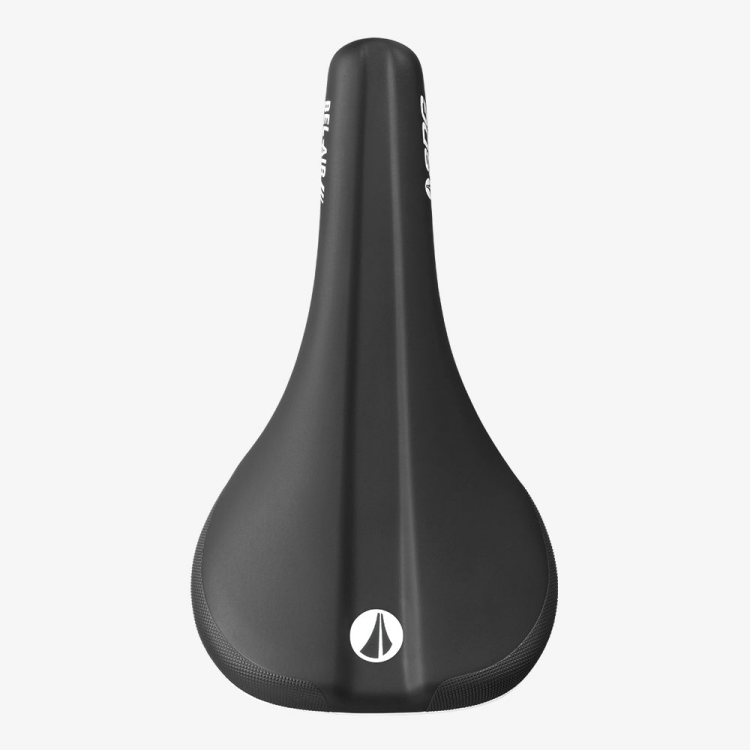
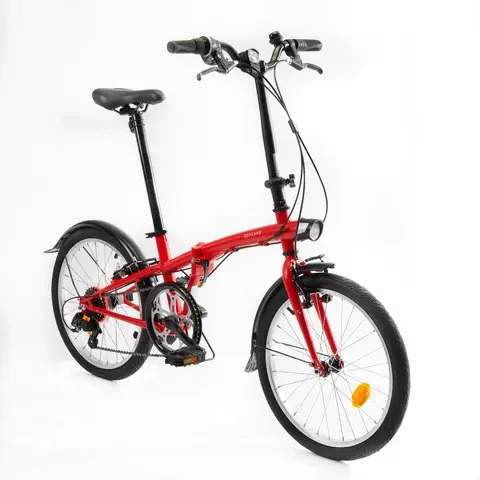
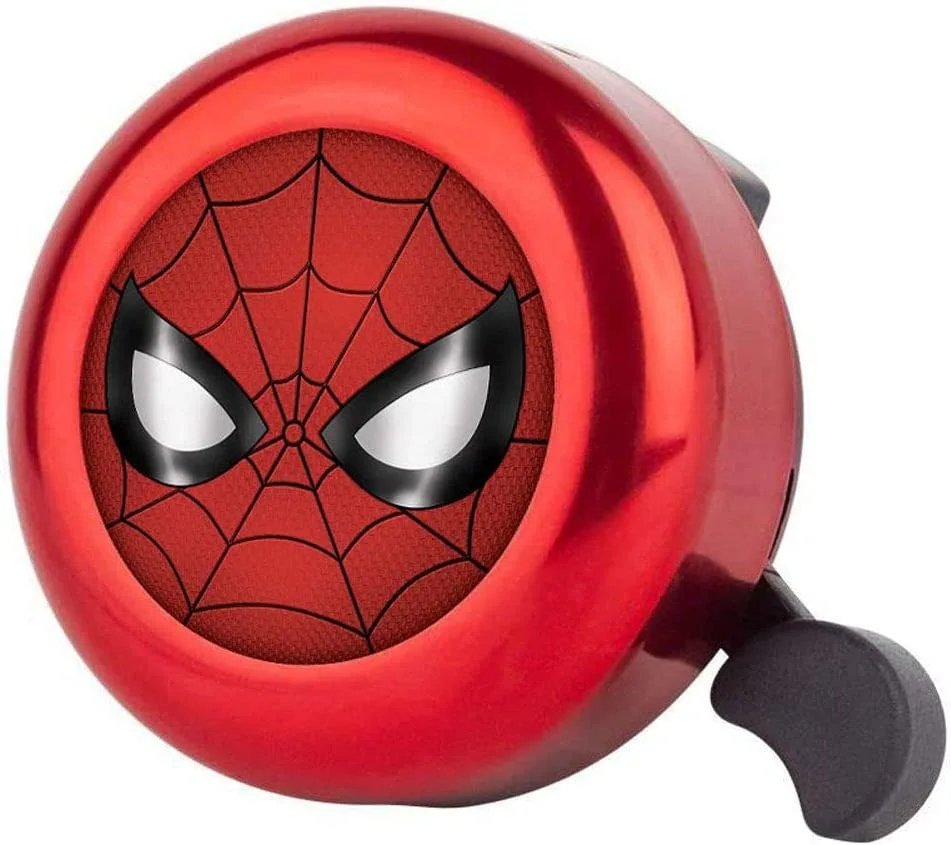
![2025 Built for Champions:[Orbea ORCA M21eTEAM PWR Review]](https://bestbikeselect.com/wp-content/uploads/2025/01/ORCA-M21eTEAM-PWR-1024x885.jpg)
![2025 Conquer Any Trail [Santa Cruz Bronson R Review]](https://bestbikeselect.com/wp-content/uploads/2025/01/Santa-Cruz-Bronson-R-1-1024x768.webp)
![2025 The All-Terrain Beast [Santa Cruz Hightower 3 MY24 Review]](https://bestbikeselect.com/wp-content/uploads/2025/01/Santa-Cruz-Hightower-3-MY24-1024x768.webp)
![The Best Comfortable Leisure Bike of 2025 [ Trek Verve 2 Lowstep Gen 5 ]](https://bestbikeselect.com/wp-content/uploads/2024/12/Verve-2-Lowstep-Gen-5-02-1024x681.png)
![2025’s Top Endurance Bikes [Cannondale Synapse Carbon 3 L Review]](https://bestbikeselect.com/wp-content/uploads/2025/01/Cannondale-Synapse-Carbon-3-L-1-1024x627.webp)
